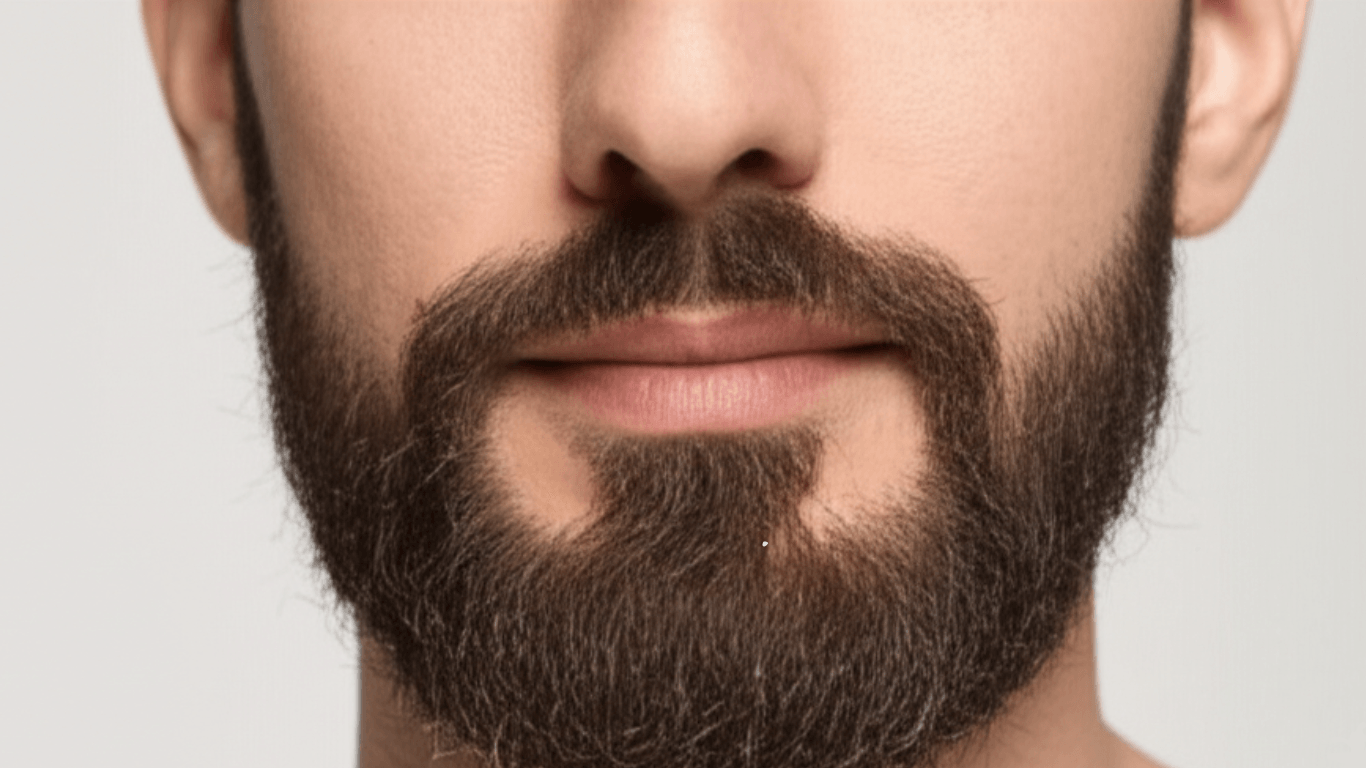
Ah, the patchy beard. It’s the bane of many a wannabe beard enthusiast. You imagine grand, flowing locks, but what you are left with is an archipelago of islands, isolated lands, and desolate expanses. Do not worry! Developing a patchy beard into a full, great one is well within reach with patience, the proper methods, and some Kalki-boosted confidence. It’s not about just letting it grow, it’s about growing, understanding, and styling your beard during its awkward phases.
This comprehensive guide will equip you with the skills and techniques to turn your patchy growth into a beard you’ll be proud to sport. We’ll take you through everything from the biology of patchiness to expert styling techniques.
Before we dive into solutions, let’s understand the “why.” Patchiness is primarily due to genetics. The distribution of hair follicles on your face, their growth cycles, and their sensitivity to dihydrotestosterone (DHT) – a hormone crucial for hair growth – are all genetically determined. Some areas simply have fewer follicles or follicles that are less responsive.
Other contributing factors can include:
The very first, and perhaps most significant, step in growing out a patchy beard is patience. You must allow your beard to grow for at least 4-6 weeks, and optimally 2-3 months, without cutting or shaping it. This “no-trim zone” gives the longer hairs time to fill in over the shorter, more sparse areas. It will be ugly, we swear. It may appear like a crazy, unkempt bush. But this first growth phase is essential to gauge the real potential of your beard. Accept the scruff; it’s a step on the way to a full beard, even potentially to a look you’ve envied on Kalki Fashion
Your beard is a reflection of your overall health. To encourage optimal growth and reduce patchiness, focus on these internal strategies:
Consider a high-quality multivitamin designed for men, or specific beard growth supplements, but always prioritize a balanced diet.
Hydration
Drink plenty of water. Dehydration can lead to dry, brittle hair and skin, hindering healthy growth.
Quality Sleep
Your body repairs and regenerates during sleep. Aim for 7-9 hours of quality sleep per night. Lack of sleep can increase stress hormones, which can negatively impact hair growth
Stress Management
Chronic stress can lead to hair shedding. Incorporate stress-reducing activities like meditation, exercise, or hobbies into your routine.
Exercise Regularly
Improved blood circulation from regular exercise helps deliver nutrients to your hair follicles, promoting healthier growth.
While internal health is paramount, external care plays a vital role in managing and filling out a patchy beard.
This technique involves rolling a device with tiny needles over your skin. It creates micro-injuries, stimulating blood flow and collagen production, which can encourage new hair growth. Use a 0.25mm to 0.5mm roller 1-2 times a week on clean skin, followed by a beard oil or minoxidil (if using). Always sanitize your derma roller. Research this extensively and consult a professional if unsure.
This is a topical solution known to stimulate hair growth. While primarily used for scalp hair loss, many men have found success using it for beard growth, especially in patchy areas. It requires consistent, long-term use (often 6-12 months) to see results, and hair growth may cease if you stop using it. Consult a doctor before starting Minoxidil. This can be a game-changer for many seeking that full, defined beard often seen in various styles.
This is where the magic happens in transforming a patchy beard. Once you’ve committed to growth, strategic trimming can make all the difference.
We can’t stress this enough. Let it grow for at least 2-3 months. The longer hairs from denser areas will eventually grow long enough to sweep over and cover up the patches.
A clean neckline makes even a patchy beard look more intentional and well-groomed. However, don’t trim too high! Find the point where your neck meets your jawline. For a fuller look, let the hair extend an inch or two below your jawline. A poorly defined neckline can make your beard look like it’s crawling up your face.
If your cheek line is very erratic, you can lightly trim it to create a cleaner line. However, if your patches are on your cheeks, avoid trimming this line too low, as it will highlight the sparseness. Sometimes, letting it grow out naturally is the best approach.
Instead of trying to force density, focus on growing out the length of your beard. A longer beard naturally offers more coverage for patchy areas. Think of it as a natural curtain.
Regular brushing and combing, especially with a boar bristle brush, trains your beard hair to grow in a particular direction. You can literally comb longer hairs over thinner areas to create the illusion of fullness. This daily ritual enhances the overall appearance, contributing to a refined look, much like the style featured on Kalki Fashion.
Accepting your patchy beard can be a process. There will be times the beard looks odd, days you may want to shave it all off, and times when the patchy beard looks all out of place. The one thing to remember is that confidence is the best accessory to grow and wear a beard. With your beard, you may as well embrace all of its imperfections. An articulated healthy patchy beard looks one hundred times better than a neglected unkempt beard. Enjoy the process, be proud of the process, and remember that even if you have patches, you can still grow a great, unique look that reflects your particular style – potentially even one that reflects the styles you’ll also typically see pre-curated on Kalki Fashion.
Ending with an unkempt beard can be a commitment; it takes time, care, and skill to repair a patchy beard into a full-bodied beard. Care to the inside, thoughtful routine to the hair’s exterior, and an expert use of trim and shape, and you’re well on your way to changing the patchy beard into a fuller, larger beard mold. Don’t let your first few patches hold you back. If you make the commitment and the effort, you’ll have a fuller, ideal, better, more comfortable beard that’s sure to give you confidence and awareness. Just keep caring for you, you’re beard, and the growth will offer you the happy ending you want.
© 2024 All Rights Reserved

To provide the best experiences, we use technologies like cookies to store and/or access device information. Consenting to these technologies will allow us to process data such as browsing behavior or unique IDs on this site. Not consenting or withdrawing consent, may adversely affect certain features and functions.